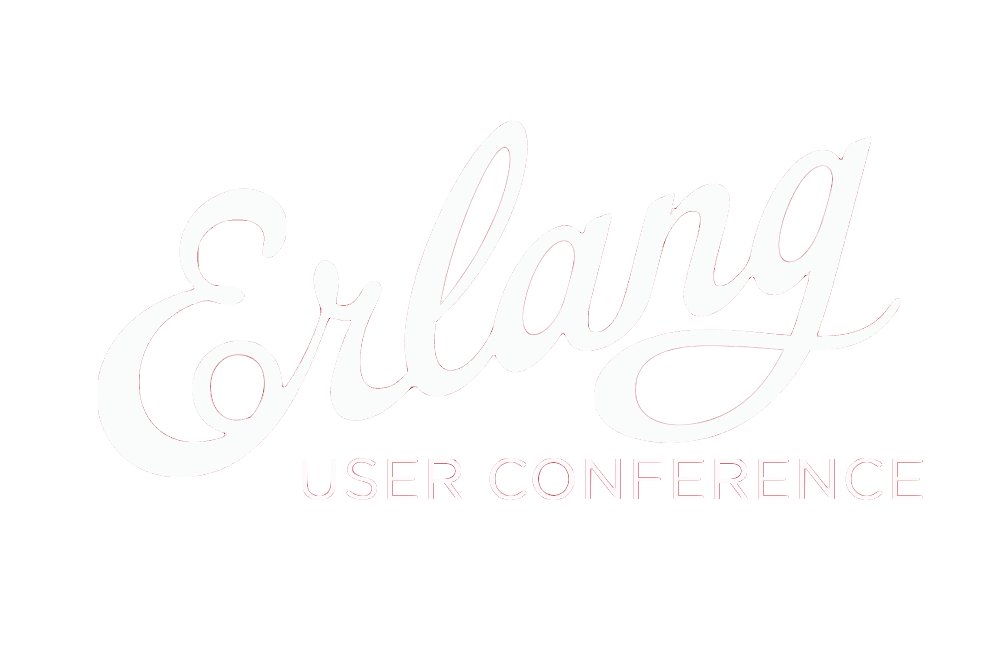
Tutorial: Showing QuickCheck results to stake-holders
Tutorial: WSDL-DSL + WSToolKit: Full Automatization of Web Services Testing
Laura M. CastroTeacher and Learner, Researcher and Finder, Traveler and Stayer
Tutorial: Showing QuickCheck results to stake-holders
Laura Castro, Thomas Arts and Nick Smallbone For some people, QuickCheck properties are not as easy to read or understand as unit tests. Presenting statistics on test results is also different, since you do not run the same tests each time. We address this challenge by a number of techniques. We designed QuickCheck-CI to experiment with continuous integration in QuickCheck projects. In QuickCheck-CI we store failing test cases automatically and are able to run them for each consecutive build. We also put effort in presenting more than one failing test case for a property if we can found such, using MoreBugs. After all, one does not want to see small variations of the same bug, but rather completely different bugs. We developed a technique to present a set of unit tests generated by a QuickCheck property that capture the typical kind of things you have tested. You can show this set of unit tests to people that want a glimpse of what kind of things your QuickCheck property is testing. And, if you want to show people that have a hard time reading Erlang code what you have been tested, there is ReadSpec that translates your QuickCheck properties and generate tests in readable English.
Talk objectives:
After this tutorial you will know how to show QuickCheck results to your collegues, your manager, your customer and your friends.
Target audience:
Stake-holders of QuickCheck
SlidesTutorial: WSDL-DSL + WSToolKit: Full Automatization of Web Services Testing
Web services have proliferated enormously in the last decades; they are likely one of the most common integration mechanism with third-party systems. You receive a PDF description of such web service, and off you go to achieve a seamless integration... or to design, write, and run, the relevant test cases for such system. The lucky ones get a machine-readable description, such a WSDL. They're lucky because, from a WSDL description of a web service, WSToolKit is your push-button testing technology of choice, as we will demonstrate in this tutorial: how to get a fully-working QuickCheck model for your web service instantly! Now the not so lucky will have a powerful reason to demand a WSDL description of third party web-based services!
SlidesAbout Laura
Laura became fascinated with Erlang when she learned the language as part of a functional programming course she took during the forth year of her studies in Software Engineering. She was determined to make use of this language as part of her master thesis, so she joined the LFCIA Lab (today MADS Group) at the University of A Coruña (Spain), and participated in the development of an enterprise risk management system whose core was Erlang/OTP. Years later, she presented her PhD in Computer Science: a functional software development methodology which takes advantage of using functional technology to introduce quality assurance techniques and improve both the development process and the software result. Since then, she has specialized in software testing but remained closely attached to the Erlang community, collaborating with researchers and former colleagues now working in universities and companies around the world. For instance, she has been involved in several European research projects such as ProTest and PROWESS. Also, she has become an associate professor at the University of A Coruña, where she teaches software architecture and software testing to undergraduate students and supervises several PhD students.
